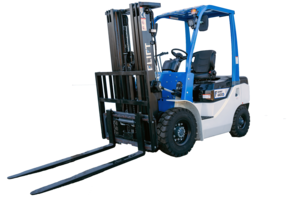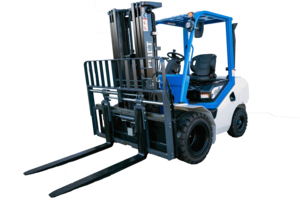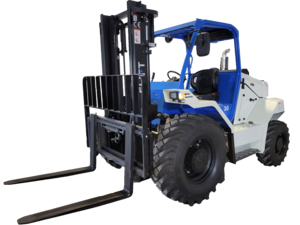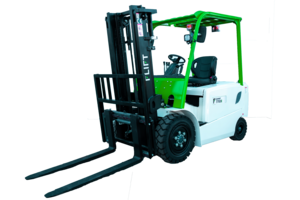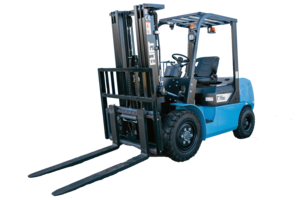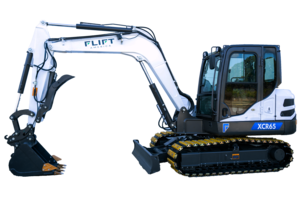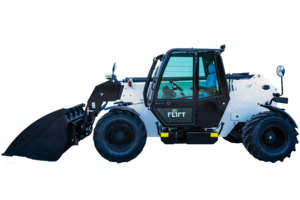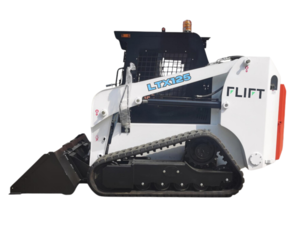FAQ
You have questions? Here's some answers!
Topics
Expand
Close All
What routine inspections should be performed in the daily operation of electric forklifts?
In addition to regular routine inspections, electric forklifts should have a habitual safety inspection before operation.
First, the driver is seated and the seat belt is fastened. Press the horn to confirm that there is no problem; check the power supply display to ensure that the power is sufficient; push the fork lift lever to check whether the fork lift is normal; check the service brake system, and work only when the brake is in good condition.
The brake detection is the most important in the conventional detection before electric driving. The main points of brake detection are as follows:
When the operating lever moves up to the highest position or moves down to the lowest position, the forklift realizes power off and stops running. When the direction switch is turned to the reverse position during normal operation, the electric braking function can be performed. Controlling the running speed can control the power of the walking motor.
Steering detection of forklift: Check whether the steering angle of the forklift is sensitive during steering operation. Whether it can be turned at any position within a range of 90° in the left and right directions.
Generally, electric forklift manufacturers will advise customers to park as follows after use:
Release the direction selector switch, lower the fork to the lowest position, so that there is no system pressure in the hydraulic system; release the operating arm, the operating arm will automatically return to the parking brake position, turn the key switch to OFF.
Pay attention to the power display of the forklift during use to prevent the forklift's power from being too low due to excessive use. Usually electric forklifts can be charged when the remaining 20% of the power is lost.
After get off work, the forklift should be inspected again to confirm that there is no problem and will not affect the next use. After the inspection, the electric forklift should be parked at the fixed equipment position and the car body should be kept clean.
First, the driver is seated and the seat belt is fastened. Press the horn to confirm that there is no problem; check the power supply display to ensure that the power is sufficient; push the fork lift lever to check whether the fork lift is normal; check the service brake system, and work only when the brake is in good condition.
The brake detection is the most important in the conventional detection before electric driving. The main points of brake detection are as follows:
When the operating lever moves up to the highest position or moves down to the lowest position, the forklift realizes power off and stops running. When the direction switch is turned to the reverse position during normal operation, the electric braking function can be performed. Controlling the running speed can control the power of the walking motor.
Steering detection of forklift: Check whether the steering angle of the forklift is sensitive during steering operation. Whether it can be turned at any position within a range of 90° in the left and right directions.
Generally, electric forklift manufacturers will advise customers to park as follows after use:
Release the direction selector switch, lower the fork to the lowest position, so that there is no system pressure in the hydraulic system; release the operating arm, the operating arm will automatically return to the parking brake position, turn the key switch to OFF.
Pay attention to the power display of the forklift during use to prevent the forklift's power from being too low due to excessive use. Usually electric forklifts can be charged when the remaining 20% of the power is lost.
After get off work, the forklift should be inspected again to confirm that there is no problem and will not affect the next use. After the inspection, the electric forklift should be parked at the fixed equipment position and the car body should be kept clean.
